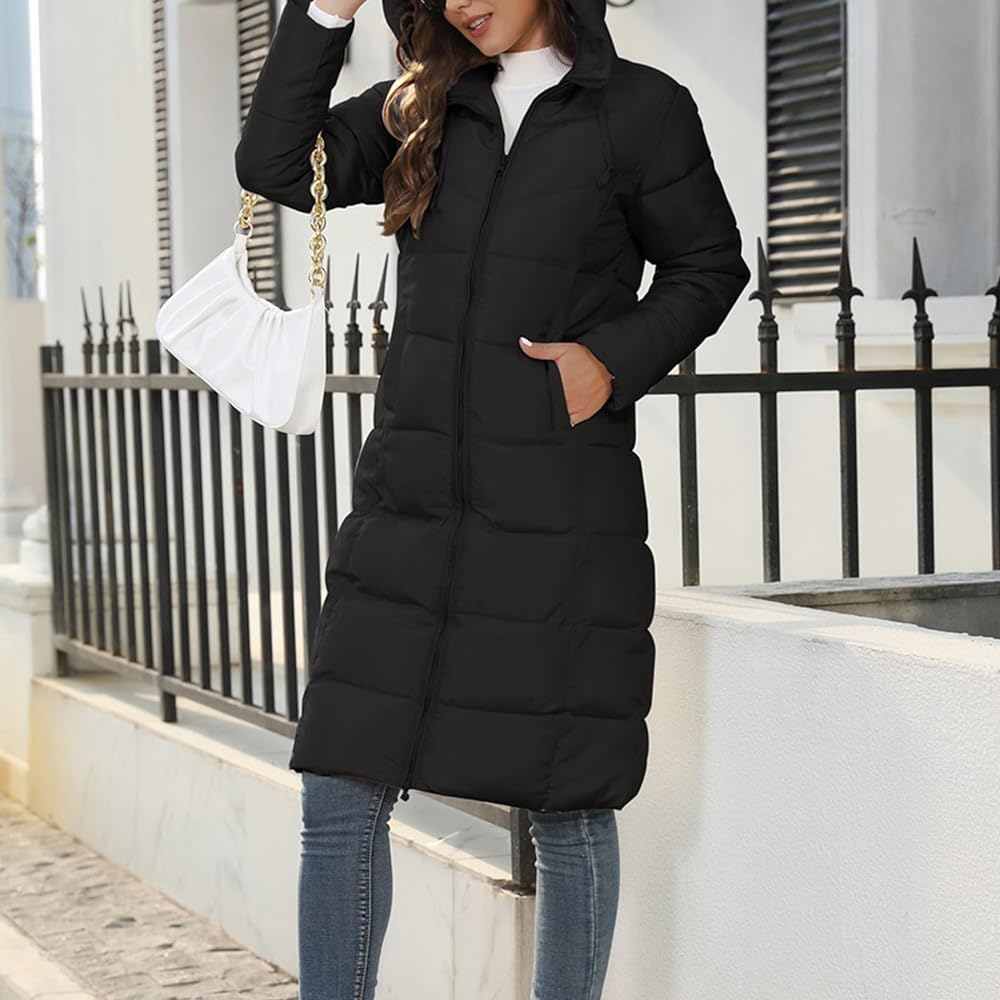When winter hits hard, a Puffer Jacket becomes your essential shield against extreme cold. With various styles and options available, it’s important to know what features make for the best protection in harsh conditions. Here’s a guide to help you select the ideal puffer jacket for those freezing temperatures:
1. Insulation Type: Down vs. Synthetic
- Down Insulation: Made from goose or duck feathers, down offers excellent warmth-to-weight ratio, making it a top choice for extreme cold. It traps body heat efficiently, but it loses warmth when wet. Look for jackets with a high fill power (usually 600-900), which indicates better quality and loft.
- Synthetic Insulation: Though heavier, synthetic fill (like PrimaLoft or Thinsulate) retains heat even when wet. It’s often more affordable and easier to maintain than down, but it may not be as warm or compressible.
2. Fill Power and Weight
- Fill Power: This measures the loft or “fluffiness” of the down, which directly affects its insulating capacity. Jackets with higher fill power (800-900) provide more warmth for their weight, perfect for extreme cold climates.
- Weight: For the most warmth, opt for a jacket that strikes a balance between weight and insulation. Heavier jackets tend to provide better insulation, but ensure they are not too bulky for comfortable movement.
3. Water Resistance
- Waterproof or Water-Resistant: If you’ll be exposed to snow or wet conditions, a jacket with a waterproof or water-resistant outer shell is essential. Look for materials like Gore-Tex or other DWR (durable water repellent) coatings that protect the insulation from moisture.
- Taped Seams: For extra protection against wet weather, check if the jacket has taped seams to prevent water from seeping in.
4. Windproofing
- Wind-Resistant Materials: Extreme cold often comes with strong winds. A jacket with windproof fabric, such as nylon or polyester, will keep cold air from penetrating, ensuring you stay warm.
- Adjustable Cuffs and Hem: Jackets with adjustable cuffs, drawcord hems, and high necklines will help trap heat and block wind from sneaking in through openings.
5. Hood and Collar Design
- Insulated Hood: A puffer jacket with an insulated, adjustable hood is vital for protecting your head and neck from cold winds. Look for detachable or helmet-compatible hoods for versatility.
- High Collar: A high, fleece-lined collar adds extra warmth around your neck and helps prevent heat loss.
6. Layering and Fit
- Layering Compatibility: The jacket should fit comfortably over base and mid-layers without feeling too tight. Consider a slightly looser fit if you plan on layering multiple pieces underneath.
- Mobility: While warmth is key, you should still be able to move easily. Jackets with articulated sleeves or stretch panels can enhance mobility without sacrificing insulation.
7. Durability and Construction
- Durable Materials: Look for ripstop fabrics that are tough enough to withstand rough conditions without tearing. Reinforced stitching, especially around high-stress areas like the shoulders and elbows, is also a plus.
- Baffles: Baffles are the stitched sections that hold the insulation in place. Jackets with smaller, sewn-through baffles provide more even warmth distribution, whereas larger baffles might allow for cold spots.
8. Pockets and Features
- Hand-Warmer Pockets: Fleece-lined or insulated pockets are essential for keeping your hands warm. Some puffer jackets also come with internal pockets designed to hold heat packs.
- Internal Pockets: Keep valuables safe and warm in interior pockets, which can also help keep devices from freezing in extreme cold.
9. Packability
- Compressibility: For outdoor adventures, look for a puffer jacket that can be compressed into a small size for easy packing. Many down jackets are highly compressible and come with a stuff sack for convenience.
10. Style and Color
- Visibility: If you’ll be in snowy or remote areas, consider bright colors or jackets with reflective details to increase visibility in low-light conditions.
- Personal Style: Puffer jackets come in a variety of styles. Whether you prefer a sleek, slim-cut design or a more relaxed fit, you can stay warm without compromising on style.
Conclusion
Choosing the right puffer jacket for extreme cold means paying attention to insulation type, fit, weather resistance, and additional features like pockets and hoods. A high-quality puffer jacket is an investment in comfort and protection, ensuring you stay warm and dry even in the harshest winter conditions.
